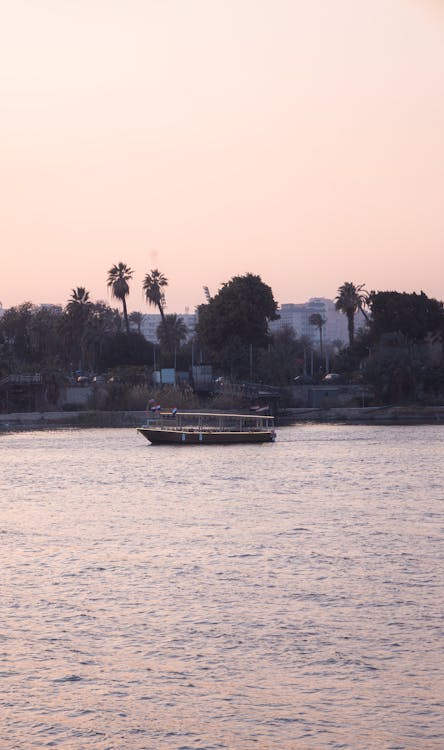Exploring the Majesty of the World's Longest River: The Nile
The Nile River stands as a timeless symbol of life and civilization, coursing through the heart of northeastern Africa for thousands of miles. With a rich history spanning millennia, this iconic waterway has played a central role in shaping the landscape, culture, and livelihoods of the region. Let's embark on a journey to discover the wonders of the Nile, the longest river in the world, and unravel its significance to humanity and the environment.

1. Nile River: A Geographic Marvel
Stretching approximately 6,650 kilometers (4,130 miles) in length, the Nile River holds the distinction of being the longest river on Earth. Originating from the confluence of the White Nile and the Blue Nile in East Africa's Lake Victoria and Lake Tana, respectively, the Nile meanders northward through multiple countries, including Uganda, South Sudan, Sudan, and Egypt, before emptying into the Mediterranean Sea.
2. Lifeline of Ancient Civilizations

Since antiquity, the Nile River has served as the lifeblood of civilizations along its banks. Ancient Egyptian societies flourished in the fertile Nile Valley, harnessing the river's annual inundation for agriculture and establishing thriving settlements. The Nile's bountiful waters sustained a sophisticated agricultural system, enabling the cultivation of crops such as wheat, barley, and papyrus. Moreover, the river facilitated transportation, trade, and communication, fostering cultural exchange and economic prosperity.
3. Ecological Diversity and Wildlife Habitat
The Nile River basin is renowned for its remarkable ecological diversity, supporting a myriad of plant and animal species. From lush wetlands and expansive floodplains to arid deserts and dense forests, the Nile's diverse landscapes provide habitat for a wealth of flora and fauna. Iconic wildlife species, including Nile crocodiles, hippopotamuses, and various bird species, rely on the river for food, shelter, and breeding grounds. Moreover, the Nile's freshwater ecosystems sustain invaluable biodiversity, contributing to the region's ecological resilience and balance.
4. Challenges and Conservation Efforts

Despite its significance, the Nile River faces numerous challenges, including pollution, habitat degradation, and water scarcity. Population growth, urbanization, and industrialization exert pressure on the river's resources, exacerbating environmental degradation and threatening ecosystem health. Additionally, upstream dam construction and water diversion projects pose concerns regarding water quality, quantity, and transboundary cooperation among riparian countries.
In response to these challenges, concerted efforts are underway to promote Nile River conservation and sustainable management practices. Initiatives focused on watershed protection, pollution control, and ecosystem restoration aim to safeguard the river's ecological integrity and ensure the well-being of local communities dependent on its resources. Moreover, transboundary cooperation and stakeholder engagement are essential for addressing shared water challenges and fostering equitable access to Nile River resources.
5. Embracing the Legacy of the Nile
As we reflect on the majesty of the Nile River, we are reminded of its enduring legacy as a source of life, inspiration, and interconnectedness. From ancient civilizations to modern-day communities, the Nile continues to shape the landscape and livelihoods of those who call its banks home. By embracing sustainable practices and fostering collaboration, we can preserve the Nile's invaluable natural heritage for generations to come.
In conclusion, the Nile River stands as a testament to the resilience and vitality of Earth's waterways. As we navigate the complexities of the 21st century, let us cherish and protect this extraordinary river, ensuring its enduring legacy for future generations.

 Cricket Score Counter
Cricket Score Counter Heads or Tails
Heads or Tails
You have not logged in, please Login to comment.